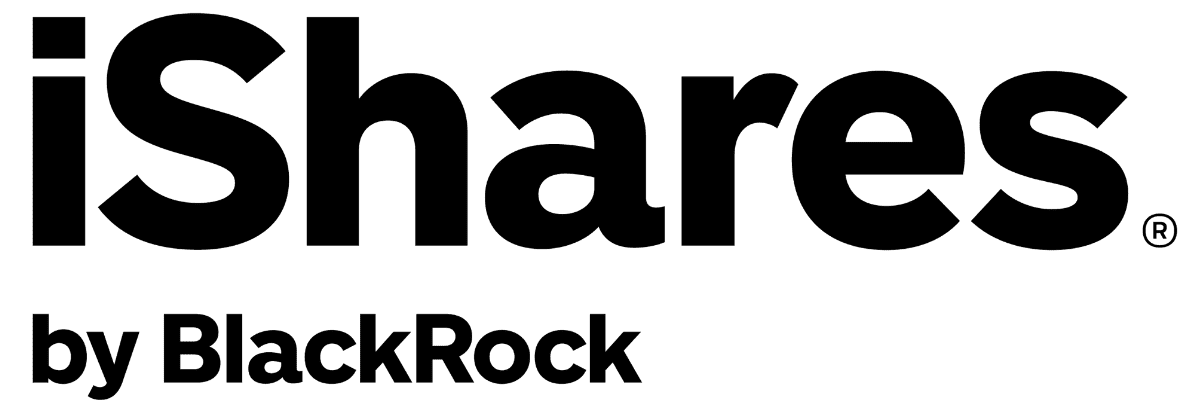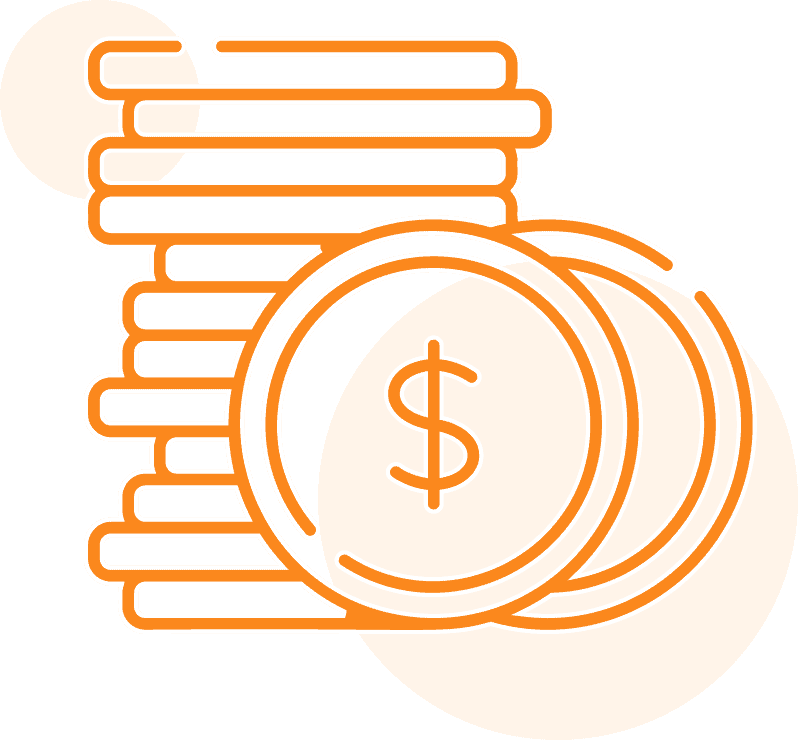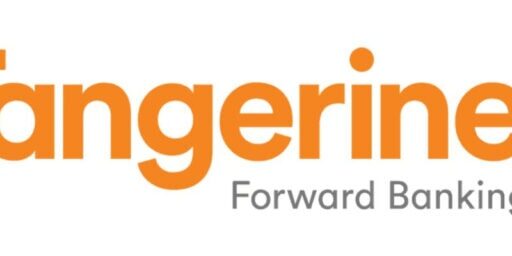XEQT ETF 2025 Review
Given that I recommend the XEQT ETF (and other Canadian all-in-one ETFs) quite often these days, I figured that it was time to give a 2025 update to my XEQT review.
If you’ve checked out my Best ETFs in Canada comparison you’ll see that XEQT is at the top of the list – and it’s for good reason. That said, before we get too far into in-depth, I should point out right off the bat that the VEQT ETF is also a solid option, and the most important thing at the individual investor level is to just pick one and start saving!
Personally, I like XEQT for it’s slightly lower MER and the fact that you get more exposure to developing countries (and slightly less Canadian over weighting).
It’s like (fellow MDJ author) Kyle wrote in his comprehensive course on Canadian retirement: XEQT is the simplest, easiest, and almost-cheapest way to build an excellent portfolio. It can be used in an RRSP, TFSA, or a non-registered account with minimal tradeoffs and the incredibly important concept of fast/easy convenience.
While I am obviously a fan of Canadian dividend stocks, I have to agree with Kyle when it comes to meeting the investment needs of the average investor – who doesn’t want to spend hours each month managing their portfolio.
iShares All Equity Portfolio ETF
The iShares All Equity Portfolio ETF (XEQT) is one that offers broad market exposure from North America, to Europe and Asia. XEQT is aggressive in that it’s made up of 100% stocks.

XEQT ETF Key Facts:
- MER: 0.20%
- Account Eligibility: RRSP, TFSA, RRIF, RESP, DPSP, RDSP, Non-Registered
- Net Assets: $3.02 billion
- Date Created: August 7, 2019
- Number of Underlying Holdings: 9027
- Price/Earnings Ratio: 17.39
- Price/Book Ratio: 2.48
- Trailing 12-month Yield: 1.91%
- Distribution Yield: 2.74 %
- Last Distribution per Share: $.20 (Dec 20, 2023)
What is XEQT – The iShares All Equity Portfolio ETF?
The iShares All Equity Portfolio ETF is an aggressive all-in-one ETF in that it contains 100% stocks and zero bonds. It was created by iShares (owned by Blackrock – the largest ETF provider in the world).
XEQT is made up of over 9,000 stocks, with the majority of them coming from US and Canadian companies.
Because it is made up of all stocks, no bonds, XEQT is best suited for those with a bit more risk tolerance, who are willing to wait out market swings over the long-term for the potential to earn higher returns.

Best 2025 Broker Promo
Up To $2,000 Cash Back + Unlimited Free Trades
Open an account with Qtrade and get the best broker promo in Canada: 5% cash back when you fund a new account!
The offer is time limited - get it by clicking below.
Must deposit/transfer at least $1,000 in assets within 60 days. Applies to new clients who open a new Qtrade account by November 26, 2025. Qtrade promo 2025: CLICK FOR MORE DETAILS.
*XEQT is included in Qtrade’s list of Free ETFs.
XEQT ETF Fees
XEQT has an extremely low Management Expense Ratio of 0.20%. When you compare it to the average mutual fund’s 2.5% MER and even robo advisors such as Wealthsimple which range from 0.40%-0.70% it makes sense to go with a lower fee option.
When it comes to ETFs, the fees are much lower than other actively managed funds, or even robo-advisors. It’s still good investment practice to understand how the fees are calculated.
What that looks like in dollar terms is this:
If you invest $10,000 in XEQT, you will pay $20 per year in management fees. If you take that same $10,000 and invest it in a mutual fund, you’ll pay up to $250 per year.
Over a long period of time, you can save thousands by investing in a fund like XEQT.
XEQT Holdings
When you invest $100 into XEQT, that money is going to split up into 4 other ETFs:
- iShares Core S&P Total US Stock (ITOT) – $47
- iShares MSCI EAFE IMI Index (XEF) – $24
- iShares S&P/TSX Capped Composite (XIC) – $24
- iShares Core MSCI Emerging Markets (IMEG) – $5
Combined, these funds offer investors exposure to over 9,000 different stocks from various sectors and countries around the world.
It’s literally an instant portfolio.
Let me rephrase: You can just buy this one ETF – this single investment product – and have an incredibly diversified portfolio.
If we dive a little deeper, each of those 4 ETFs is going to invest your money into the largest companies in the world. ITOT will have the biggest American companies, XIC the largest Canadian companies, etc.
| Company | Rough Dollar Amount of Your $100 Portfolio |
| Microsoft Corp | 2.95 |
| Apple Inc. | 2.53 |
| NVIDIA Corp | 1.87 |
| Amazon.com Inc | 1.54 |
| Royal Bank of Canada | 1.42 |
| Toronto-Dominion Bank | 1.15 |
| Meta Platforms Inc Class A | 1.04 |
| Shopify Inc Subordinate Voting Inc Class A | 0.96 |
| Canadian Pacific Kansas City Ltd | 0.83 |
| Canadian National Railway | 0.79 |
Or to look at it another way, here’s what countries your $100 would go into (note: these large companies are themselves very diversified, with a company like Apple actually getting as much of its revenue from China as from the USA, so your money isn’t quite as concentrated as it first appears).
Finally, good investors always strive for great geographic diversification as well. It often happens that when one part of the world is in an economic slump, another is experiencing growth. Hedging your bets by making sure your investments span the globe is always a wise move. XEQT asset holdings by geographic location can be seen below:
| Country | Rough Dollar Amount of Your $100 Portfolio |
| United States | 46.36 |
| Canada | 23.34 |
| Japan | 5.93 |
| United Kingdom | 3.42 |
| France | 2.58 |
| Switzerland | 2.29 |
| Germany | 1.91% |
| Australia | 1.85 |
| Netherlands | 1.28 |
| China | 1.23 |
| Other | 9.21 |
XEQT ETF Performance
Honestly, if you’re looking at all-in-one ETFs or Canadian robo advisors then asking about the recent XEQT ETF performance is kind of missing the point.
XEQT – as well as the other all-in-one ETFs and the ETFs used by robo advisors – are passively managed. There is no one picking “winners and losers” to buy more or less of. You need to understand that key fact before you realize the comparing recent portfolio returns of index ETFs like XEQT is not relevant.
I explain the comparison between passive investing and active investing more in Kyle’s Questrade vs Wealthsimple comparison.
That said, if out of curiosity’s sake you’re still interested in XEQT’s performance over the years here’s a few things to chew on:
| Year | Total Return (%) |
| 2021 | 11.71 |
| 2022 | 19.57 |
| 2023 | -10.93 |
| 2024 | 17.05 |
| Time Period | Total Return (%) |
| YTD (Year-to-Date) | 6.13 |
| 1 Month (1m) | 4.77 |
| 3 Months (3m) | 9.19 |
| 6 Months (6m) | 10.54 |
| 1 Year (1y) | 18.22 |
| 3 Years (3y) | 29.04 |
| Since Inception (Incept.) | 60.59 |
If you do happen to be more of a research-minded active investor, you might want to check out our Guide for Investing in Canadian Value Stocks and Best Canadian Dividend Stocks.
XEQT ETF Investment Accounts for Canada
XEQT is an attractive choice for Canadians because of the variety of accounts it offers. XEQT investment account options include:
- RRIF
- RRSP
- Spousal RRSP
- TFSA
- RESP
- Non-Registered Account
- Corporate Account
- Joint Account
- RDSP
- DPSP
While it’s great that you can purchase XEQT from your registered accounts, you will want to consider the tax implications because of the large number of US holdings.
If you really want to optimize your ETFs for tax efficiency, you can see our article on the best financial advisors in Canada (as I know they often recommend simple – and cheap – solutions such as all-one-ETFs). You definitely won’t see XEQT recommended by commission-based financial planners as they don’t make any commissions off of these products (which is why they’re so cheap).
How to Buy the XEQT ETF
The best way to buy XEQT is through the Qtrade online brokerage – because it is completely FREE to do so.
That’s not a typo. You will not pay a single penny when it comes to buying or selling the XEQT ETF on Qtrade!
It’s one of Qtrade’s 100+ ETFs that they allow to be bought and sold for free. You can read about that (as well as their latest promotion) in my in-depth Qtrade review.
Other brokerages such as Questrade allow you to purchase XEQT for free, but you’ll need to pay to sell.
Once you open your online brokerage account, it’s as simple as typing in the XEQT ticker symbol, and then determining how many units of the fund you wish to buy. If XEQT is priced at $30.00, and you have $1,000 to invest, you would buy 33 units of XEQT for $990, and you’d have $10 left in your brokerage account to help with next month’s ETF purchases.
XEQT ETF Review: FAQ
Is XEQT a Good Buy Now?
Blackrock’s iShares have been available in Canada since 2003. It has grown to be a trusted source of a broad range investment products.
XEQT’s strengths in particular lie in its offering a diverse basket of over 9,000 stocks from companies in many countries and many sectors.
If you are interested in learning more about ETFs, check out our guide to Best ETFs in Canada for 2025. This will give you a better understanding of ETFs in general, as well as let you know our top ETF picks for Canada.
If you’d like to learn about another popular all-in-one ETF, Vanguard’s VEQT, check out our VEQT ETF Review.
For me, the bottom line is that XEQT is the easiest, cheapest way to take a piece of your paycheque, and instantly purchase a broadly diversified all-stock portfolio.
I've Completed My Million Dollar Journey. Let Me Guide You Through Yours!
Sign up below to get a copy of our free eBook: Can I Retire Yet?










Since you like ETFs and dividend stocks what are your thoughts on a growth portfolio vs a dividend portfolio? Seems like the newer school of thought is to invest in a portfolio that has higher total return even if you have to sell a portion every month vs using dividends as income. Wouldn’t a portfolio generating 8% total return (with say XEQT) be better than a dividend portfolio with modest growth generating 4% dividends, even when retired?